Seven Planet System Discovered By NASA In Old Data
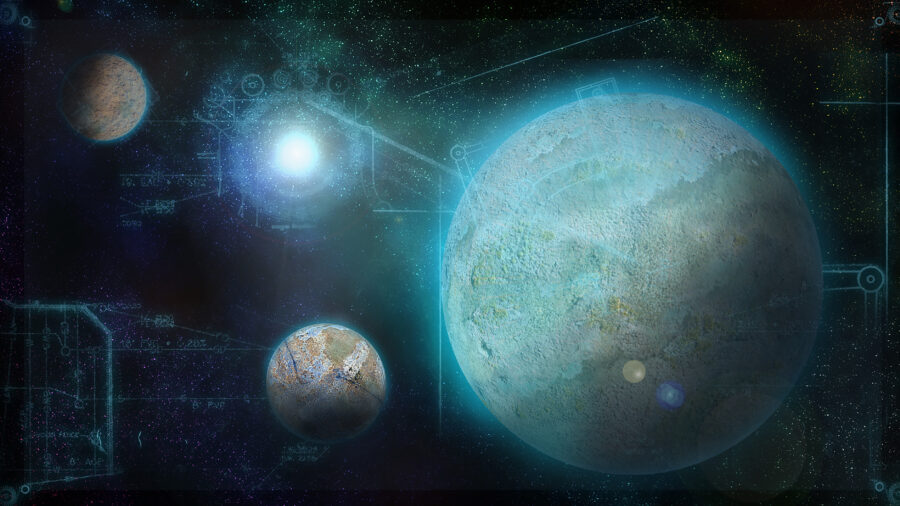
Scientists have discovered a seven-planet system orbiting Kepler-385, a star located approximately 4,670 light-years away. This system had some planets confirmed in 2014, with others remaining as candidates. However, a recent update to the Kepler catalog has now confirmed all of the planets and revealed new insights about this extraordinary system.
Studying Data From NASA’s 2018 Mission, Researchers Have Identified 7 Planets Orbiting Kepler-385
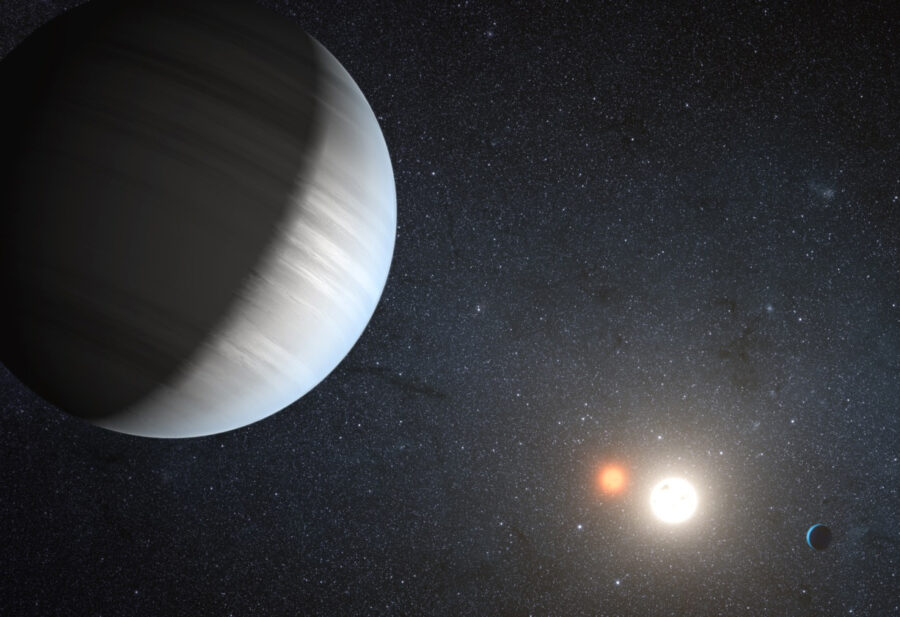
According to Science Alert, the newly discovered planets were found after researchers combed through data from NASA’s Kepler mission, which concluded in 2018. The space telescope’s nearly decade-long mission led to the discovery of thousands of planets. Years after its retirement, scientists are still uncovering hidden gems about exoplanets within its vast dataset.
Kepler-385 Is A Lot Like Our Sun
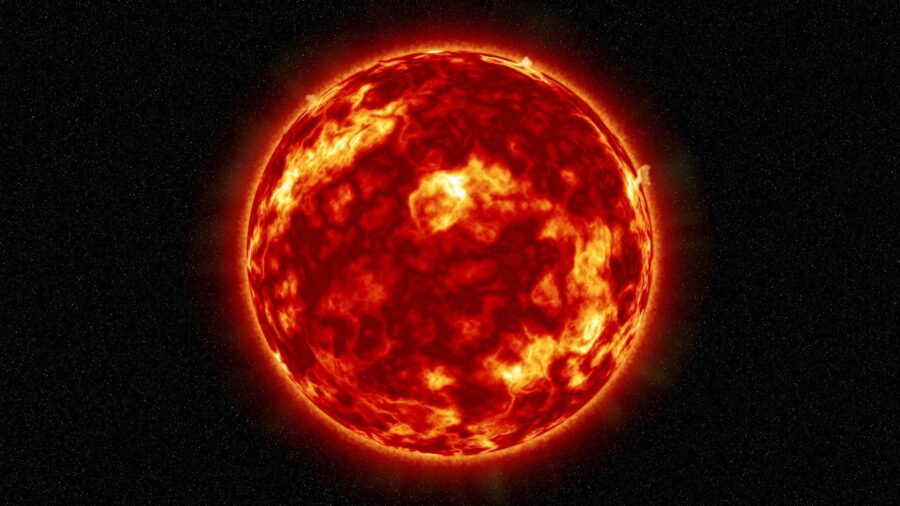
The planets are featured in the “Updated Catalog of Kepler Planet Candidates: Focus on Accuracy and Orbital Periods,” co-authored by Jack Lissauer, a research scientist at NASA’s Ames Research Center. Kepler-385 is a star similar to our Sun but approximately 10 percent larger and 5 percent hotter. What makes Kepler-385 unique is that it’s one of the few stars to host more than six planets.
All 7 Planets Are Larger Than Earth
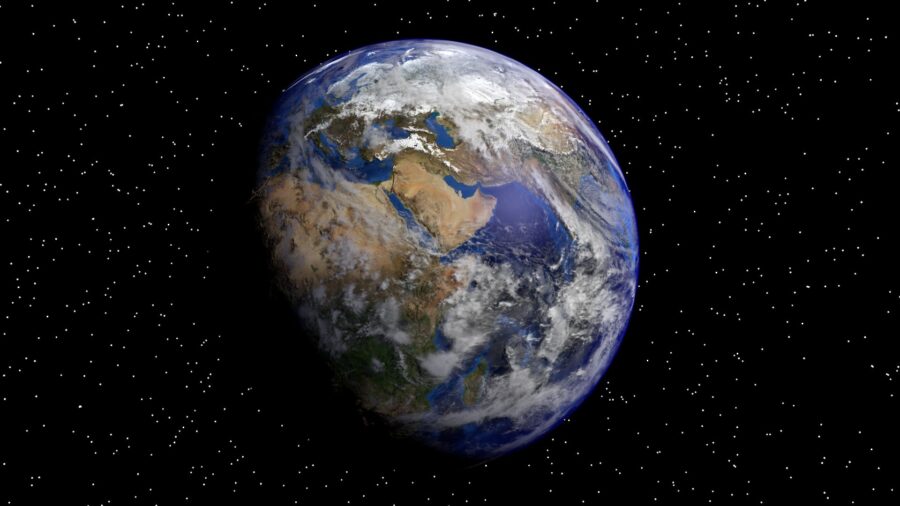
All seven Kepler planets within this system orbit their star at close proximity, basking in its intense heat. Although larger than Earth, these planets are smaller than Neptune. The two innermost planets are slightly larger than Earth, with thin atmospheres and likely composed of rocky materials. The remaining five planets have radii approximately twice that of Earth and boast thick atmospheres.
“Improvements to all planetary and stellar properties have allowed us to conduct in-depth studies of the fundamental properties of exoplanetary systems to better understand exoplanets and directly compare these distant worlds to our own Solar System and to focus on the details of individual systems such as Kepler-385,” Jason Rowe, a co-author and Canada Research Chair in Exoplanet Astrophysics, said.
The 2018 Data Unravels More Mysteries About The Universe

Kepler 385 is just one highlight in a catalog that encompasses nearly 4,400 planet candidates and 700 multi-planet systems. With improved measurements of the host stars provided by the European Space Agency’s Gaia star-measuring spacecraft, researchers have analyzed the distribution of transit durations, which help understand exoplanet distributions and orbits.
One of the key findings from this updated Kepler catalog is the nature of planetary orbits within multi-planet systems. While previous studies relied on complex models to determine that small planets and systems with more transiting planets have smaller orbital eccentricities, the new research offers a more direct demonstration that systems with more transiting planets have more circular orbits.
None Of Kepler’s Planets Are Potentially Habitable
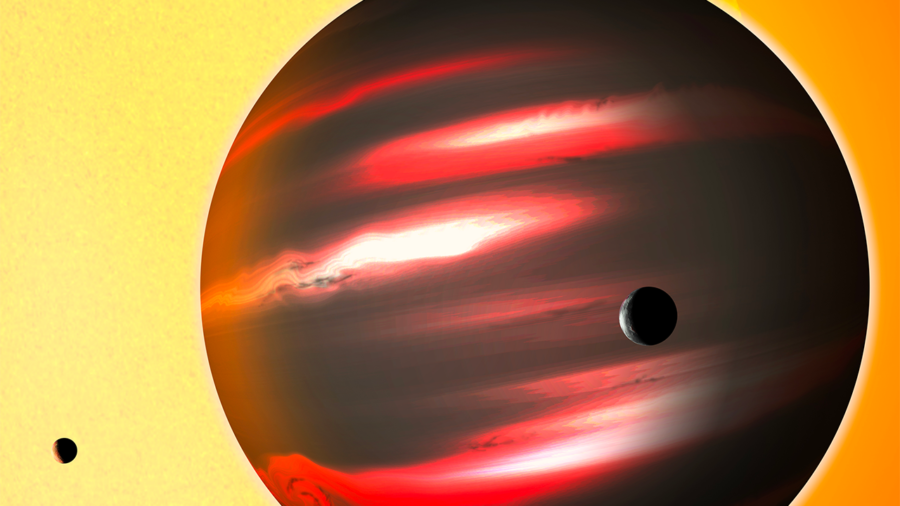
Although all seven planets in the Kepler 385 system are within the habitable zone, they are bathed in radiation, rendering them inhospitable for life. However, this research isn’t focused on habitability. Instead, it emphasizes the significance of a new catalog with more detailed and accurate information about the exoplanets within our cosmos.
The Kepler Space Telescope Has Identified Thousands Of New Planets

Despite the mission concluding over a decade ago, the Kepler catalog remains the largest and most comprehensive collection of exoplanets. The Kepler space telescope, launched in 2009 by NASA under the leadership of William J. Borucki, aimed to discover Earth-sized planets orbiting other stars. It observed stars to determine the number of Earth-like planets within habitable zones.
Instead of directly imaging planets, Kepler detected the dip in a star’s brightness when a planet transited in front of it. Over its lifetime, Kepler identified over 2,600 exoplanets, including Jupiter-sized planets close to stars, Earth-like planets, and those in habitable zones. Its mission lasted from May 2014 to October 2018, when it ran out of fuel and was retired.












